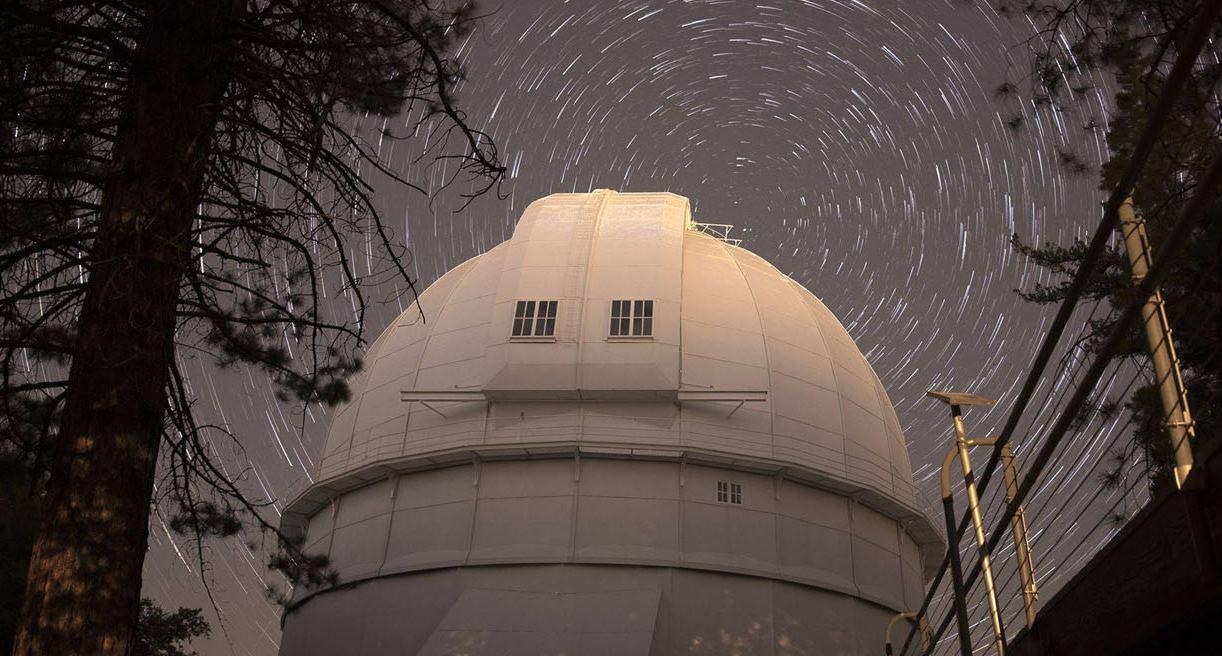Jan 11 2021
Located on Mount Wilson, California, Georgia State University's Center for High Angular Resolution Astronomy array (CHARA) is the world's largest optical interferometer and has delivered landmark sub-milliarcsecond results in the areas of stellar imaging, binaries, and stellar diameters. CHARA is comprised of six separate telescopes across Mount Wilson that act together as one enormous telescope to attain the resolving power to define amazingly small details. To operate, the light obtained from each telescope is combined and a final reconstructed image can be observed that is of far higher resolution than would otherwise be possible.

Achieving observations of faint targets such as young stellar objects and active galactic nuclei required a new higher sensitivity adaptive optics system to correct atmospheric turbulence and path aberrations between the six telescopes in the array and the beam combiner lab. A BitFlow Neon CLB was used in the optics system as a low-latency frame grabber solution for the Andor iXon Ultra 897 EMCCD cameras capturing light from each telescope. The frames are then written to an instrument shared memory to be accessed directly by the main wavefront sensor server for processing and analysis.
Simple and affordable, the Neon CLB is a Base/PoCL Camera Link frame grabber that acquires images up to 24 bits at 85 MHz. It is one component in CHARA's entirely commercial off-the-shelf (COTS) system. In all, the optics system features six Andor ENCCD cameras, six frame grabbers, 12 OKO MMDM deformable mirrors, and six Intel CPU 6 core computers, one for each telescope. The fundamentals of the computers and the BitFlow frame grabbers are identical, meaning they use the same motherboard, processor, and RAM. Other frame grabbers were originally tested by the system designers but the latency jitter was too high compared to the BitFlow Neon CLB. In addition, the BitFlow grabber worked ideally with the Andor iXon Ultra 897's non-standard Camera Link out: base configuration, 3-tap interface and 16-bit greyscale.
Using the BitFlow frame grabber, the cameras now operate at a 440Hz measured frame rate and have a -3dB closed-loop bandwidth of 19Hz. This is a similar performance to the adaptive optics system of the Auxiliary Telescopes of the VLTI (Very Large Telescope Interferometer) at the Paranal Observatory in Chile which is so powerful that it can detect an astronaut on the moon.
According to the CHARA researchers, the initial on-sky tests of the optics system have been very promising with more than a magnitude sensitivity improvement. In addition to observations of faint young stellar object disks and active galactic nuclei, researchers are using it to observe celestial objects in weather conditions that previously were not possible.